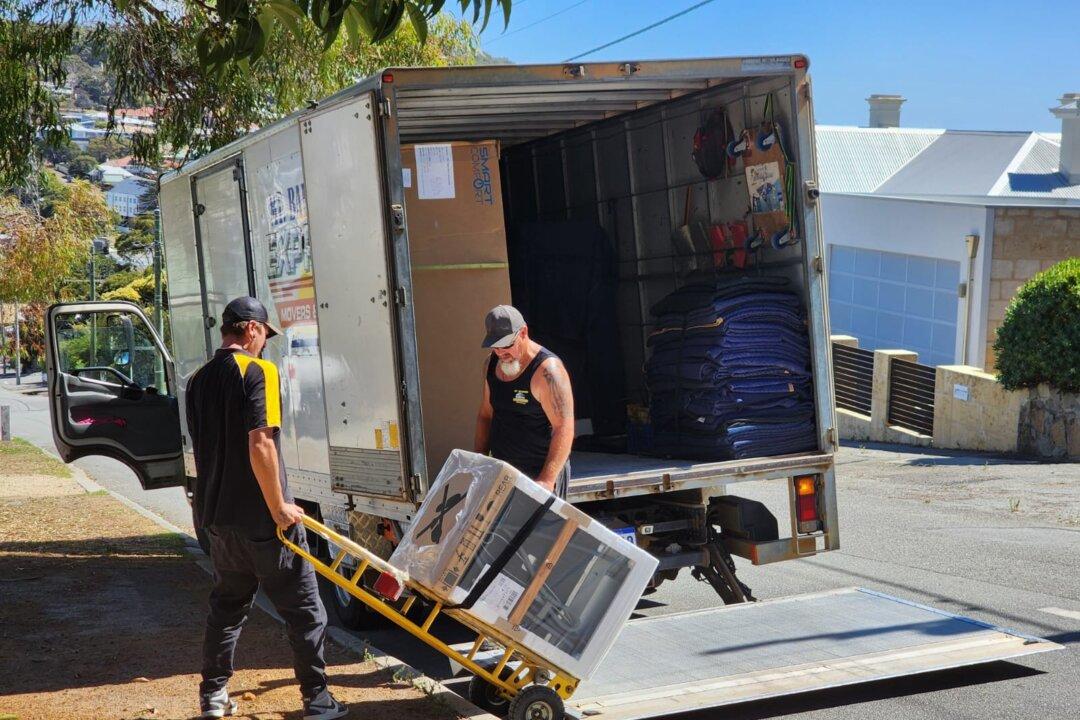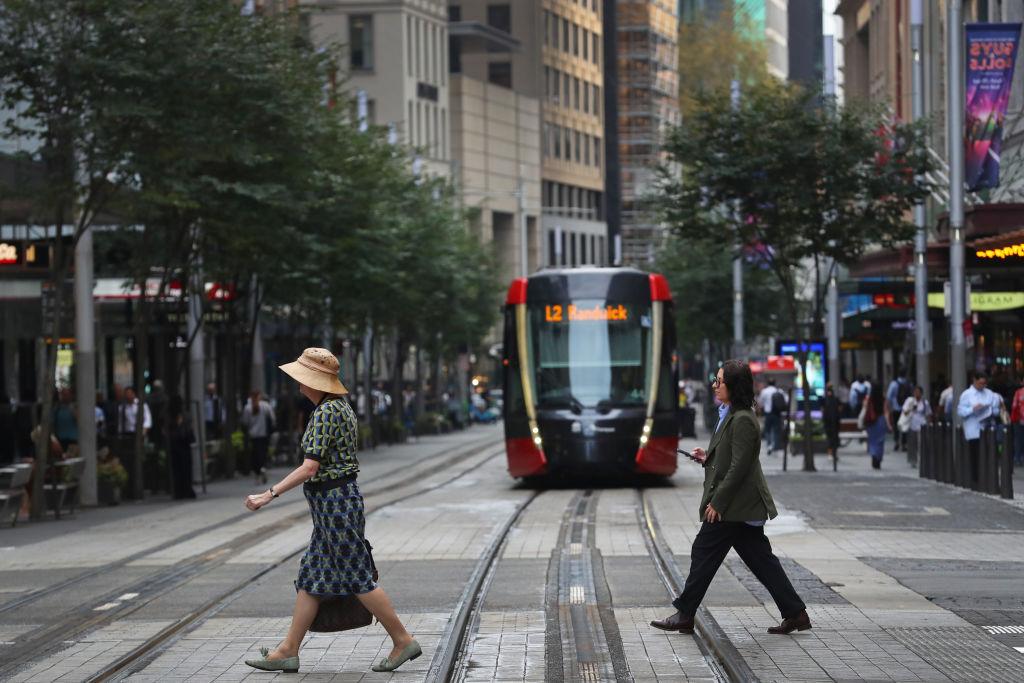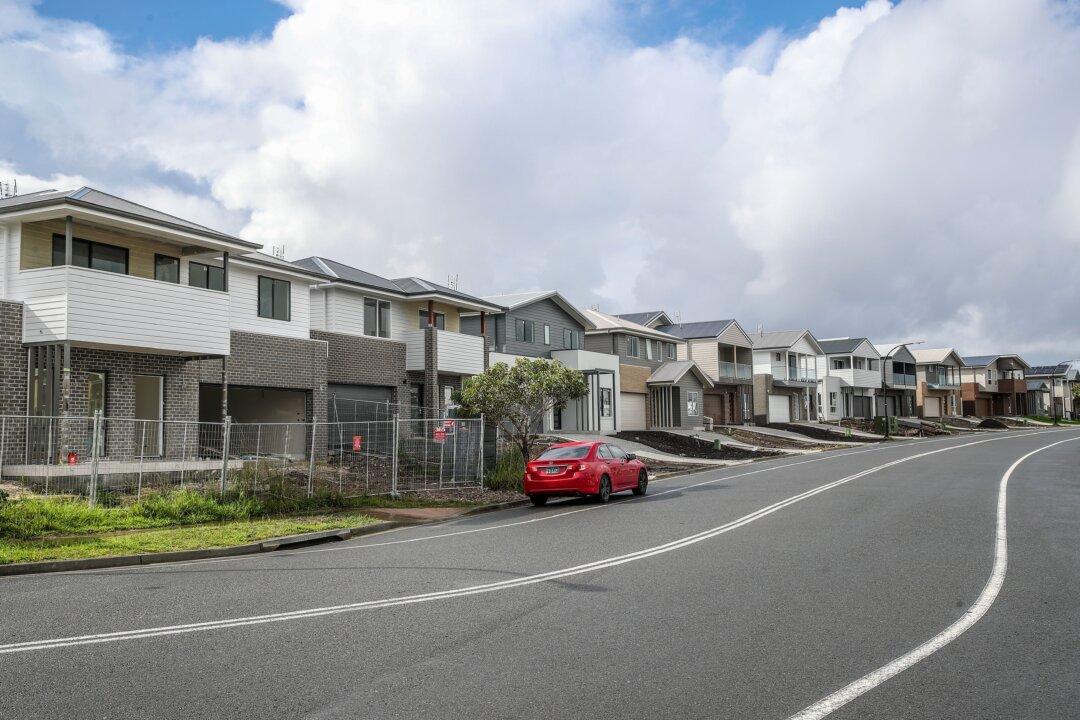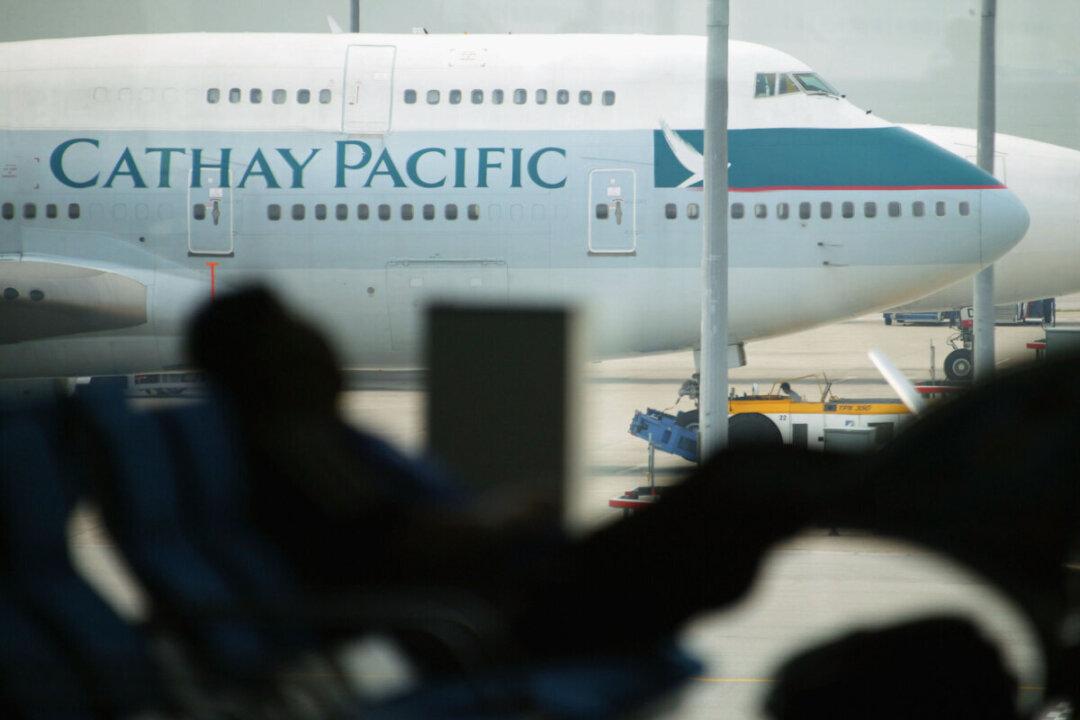Australia’s unemployment rate rose to 3.8 percent in March 2024, according to the latest data from the Australian Bureau of Statistics (ABS) on April 18.
This is 0.1 percent higher than February’s rate, and 0.1 percent below what the Reserve Bank of Australia (RBA) and the Treasury predicted last month.




